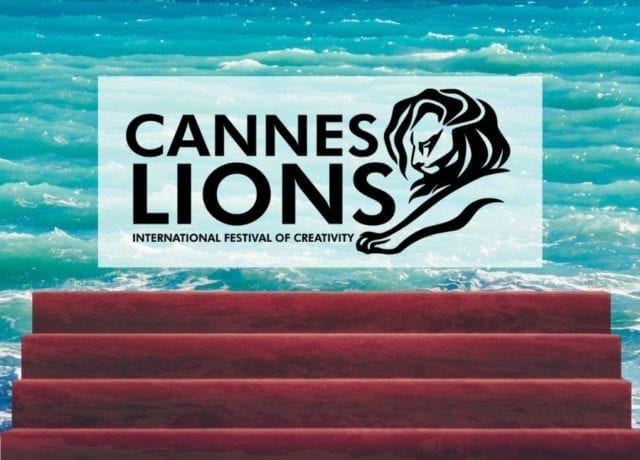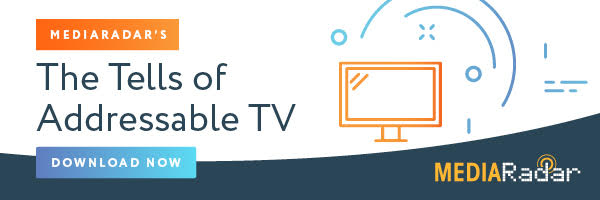Cannes Lions International Festival of Creativity wrapped up late last week, leaving a definitive list of ‘best in advertising’ in its wake.
Billed as a global benchmark for effective creative marketing communications, the week-long festival and awards show identifies the best ad campaigns in a host of different categories with the prestigious Grand Prix award.
From categories in direct advertising to creative effectiveness, the winners showcase what advertising in 2019 is really all about.
Cannes Lions Shows What’s Effective in 2019
For starters, to win a Cannes Lions award — whether the Grand Prix or a Gold Lion — is about more than just a title. It’s about effectiveness. Predictive marketing firm System1 put this to the test, ranking effective ads (based on audience response and brand growth) on a scale of 1 to 5. Cannes Lions winners are eight times more likely to be ranked at a 5 than other ads, and 3 times more likely to score well with the audience.
We can see this even in the nominations for Cannes Lions. Both P&G’s ‘Tide Ad’ campaign from last year’s Super Bowl and Nike’s Dream Crazy campaign featuring Colin Kaepernick created a huge amount of buzz and were predicted to do well at the awards festival. For their part, the ‘Tide Ad’ campaign won a Gold Lion for Creative Effectiveness and Dream Crazy won the inaugural Entertainment for Sport Lions category.
But two other wins showcase the granular nature of new advertising: Carrefour in the Creative Effectiveness category and Burger King in the Direct category.
Winning Campaigns in Direct and Creative Effectiveness: It’s About Connection
The Black Market campaign for Carrefour was more policy focused than anything; the spot highlighted how many seed varieties are banned in the European Union, and affirmed the grocery store chain’s commitment to work with farmers for local produce. It’s no wonder that the campaign won the Creative Effectiveness Grand Prix, since it “resulted in the EU changing its regulations on organic agriculture.”
For its part, the Burger King campaign brought direct advertising to new heights. “Made by FCB New York, the campaign rebooted Burger King’s mobile app,” writes I-Hsien Sherwood at AdAge. “The agency geofenced all 14,000 McDonald’s locations in the U.S. When app users came within 600 feet of a McDonald’s, they were served an offer for a Whopper for 1 cent, provided that they traveled to the nearest Burger King to get it. Of course, the app provided convenient directions.”
That’s about as direct as direct can get.
Neither of these award winners picked up the same amount of popular buzz as P&G’s Tide Ad or Nike’s Dream Crazy campaigns. But both the Carrefour and Burger King campaign wins highlight that effective advertising these days is about more than simply reaching an audience. It’s about connecting with them.
These ads were about connecting the message to individualized experiences or specific calls to action than general brand imagery. It’s something we could all learn from.





